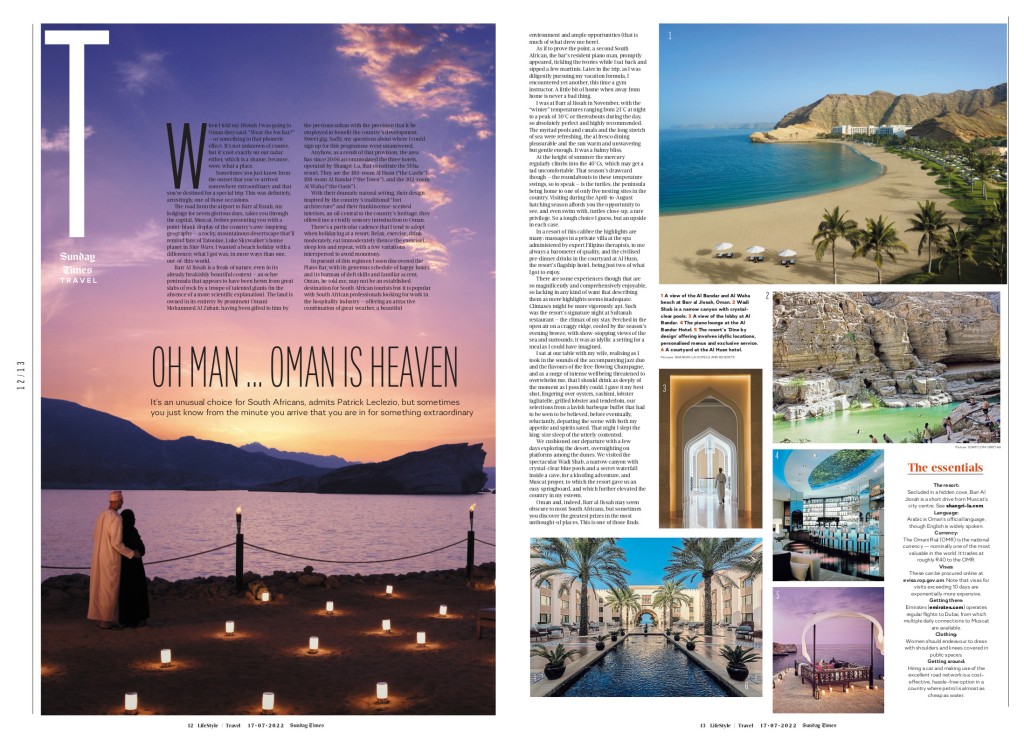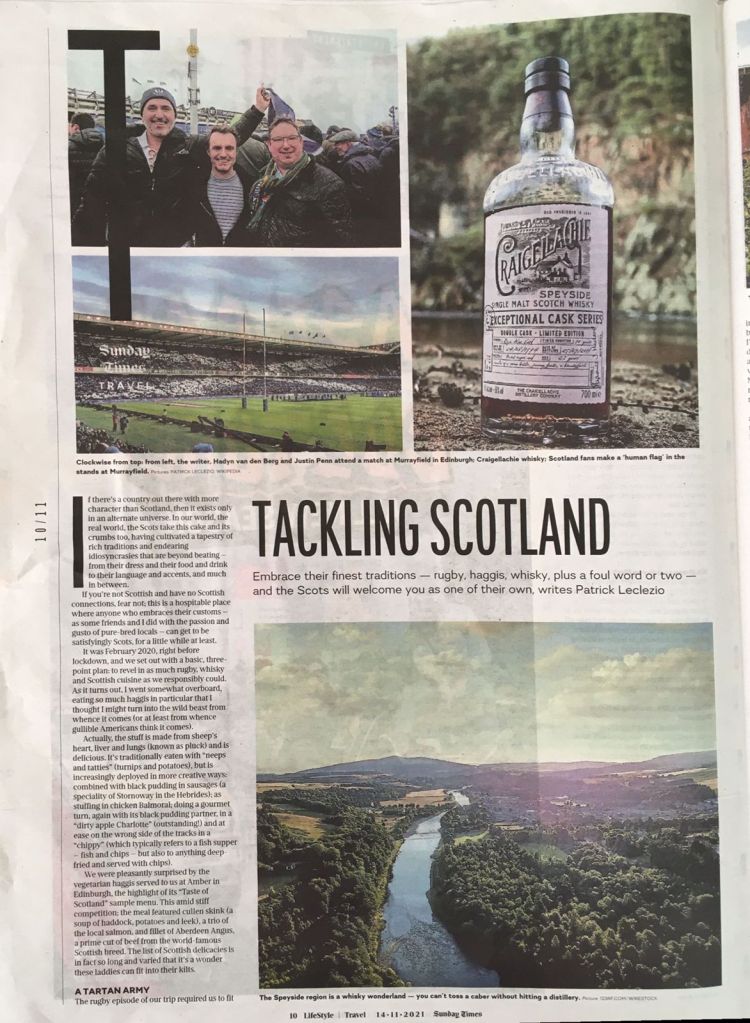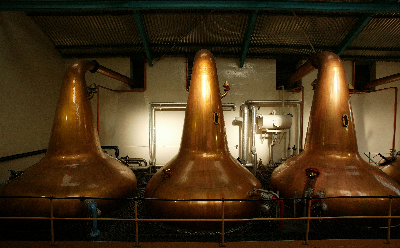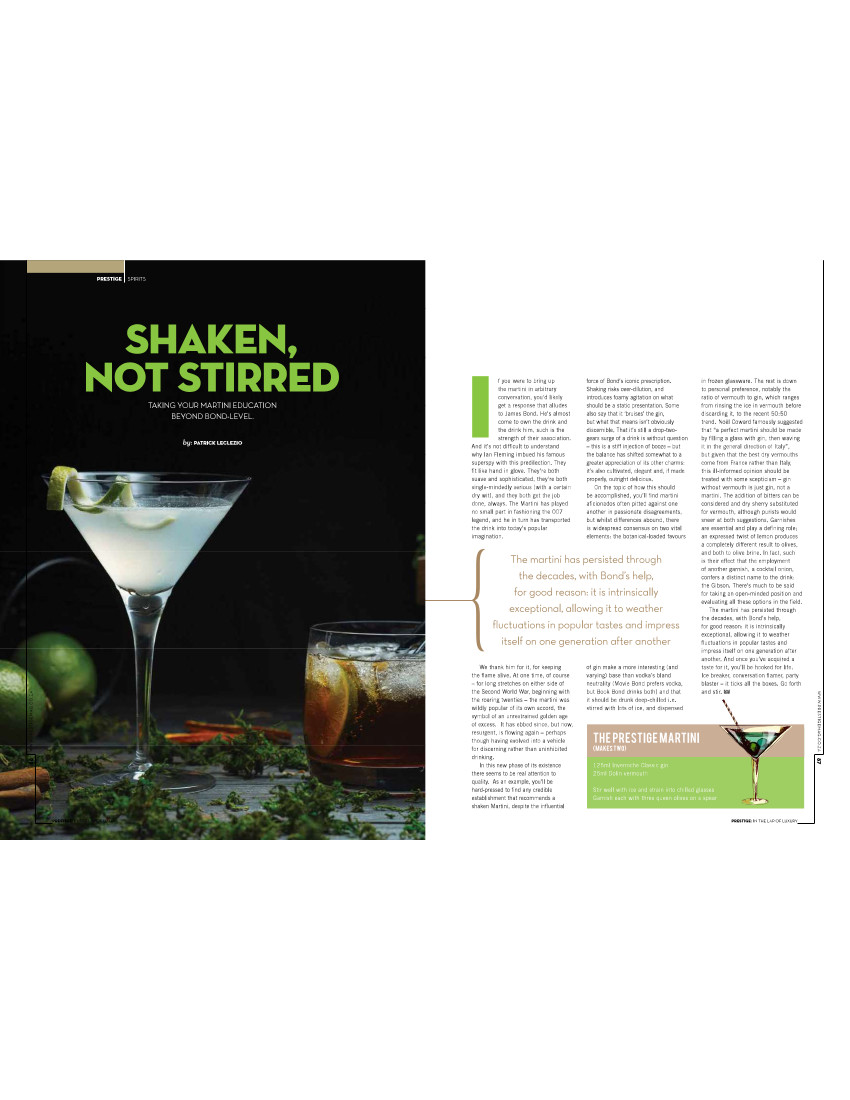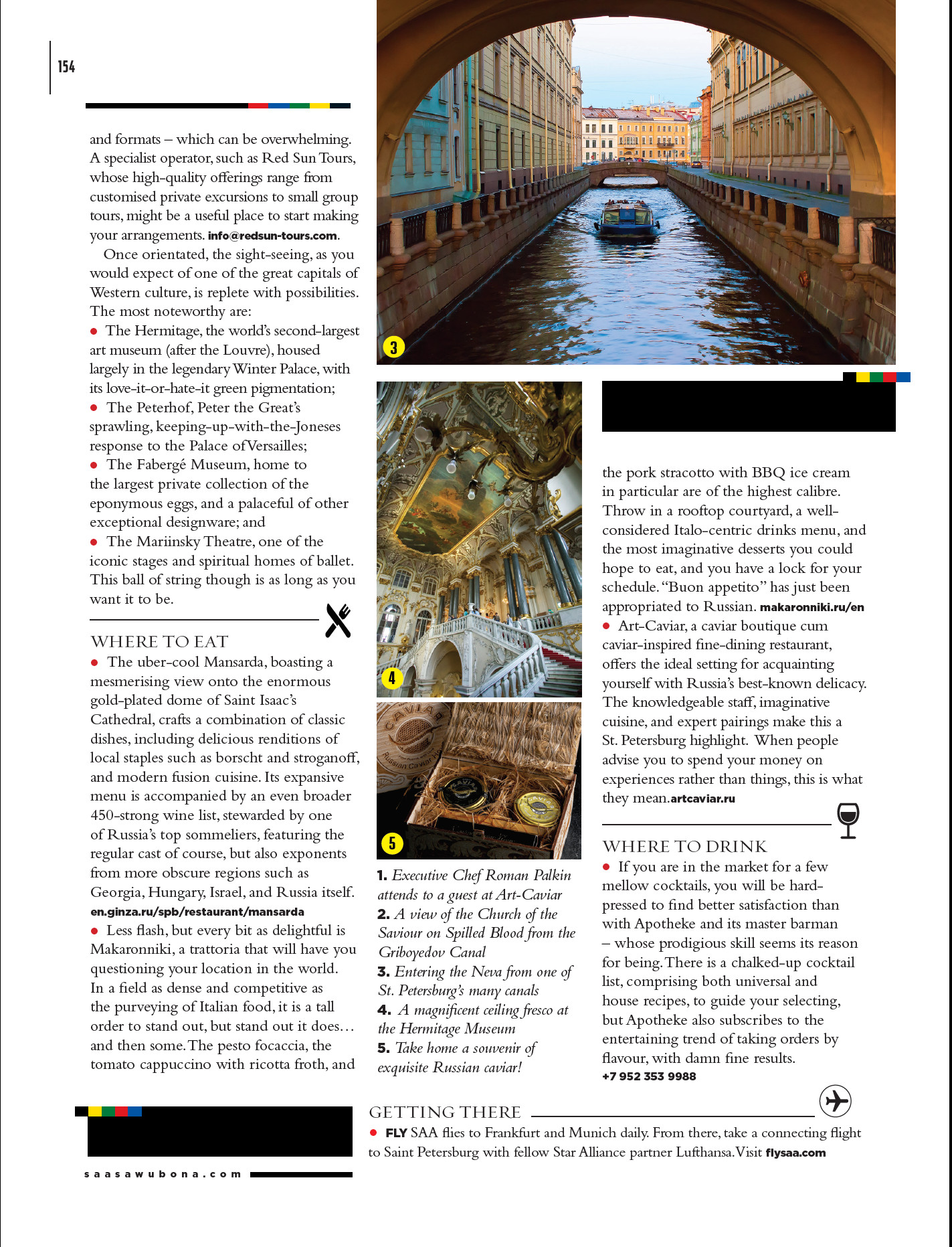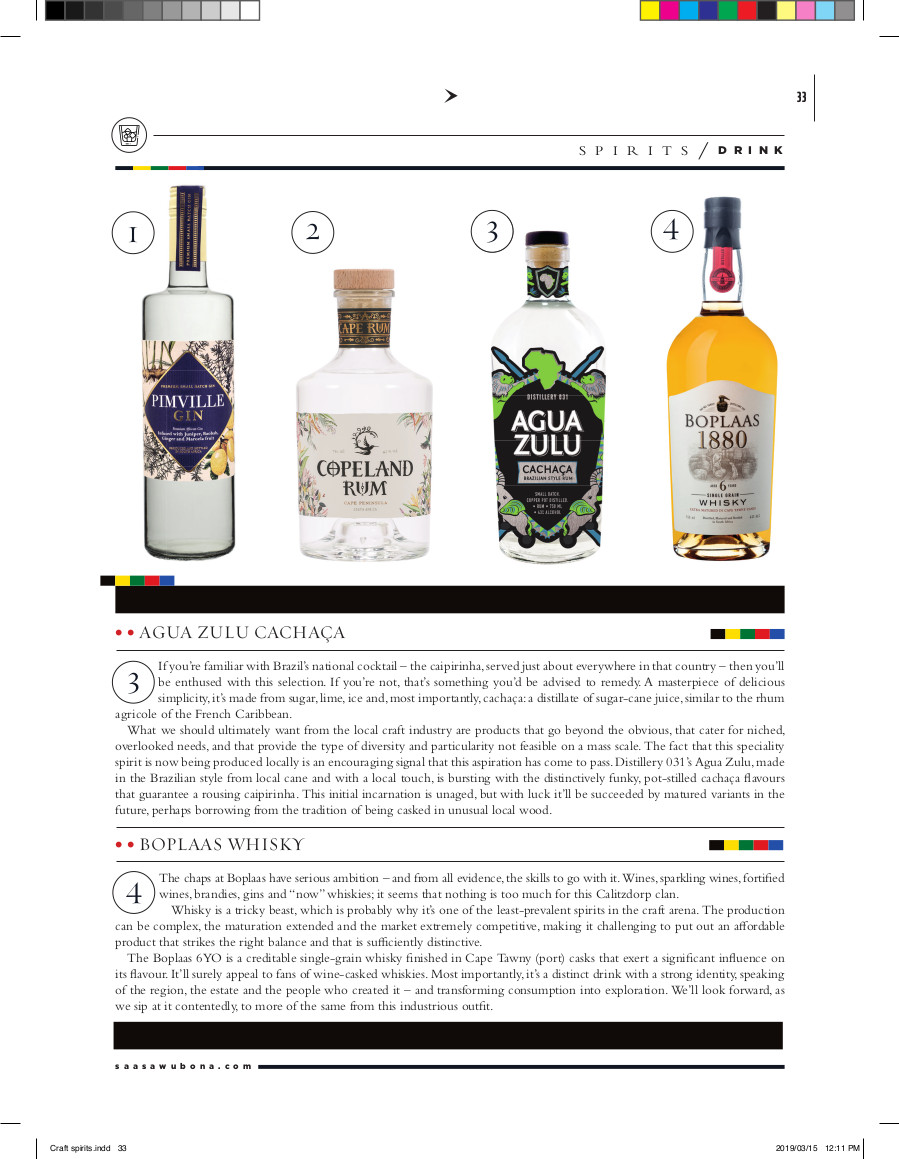A week at Shangri-La’s oasis in Oman
First published in the Sunday Times on 17/07
When I told my friends I was going to Oman they said to me: “wear the fox hat?”, or something to that phonetic effect. It’s not unknown of course, but it’s not exactly on our local radar either, which is a shame, because, wow (!), what a place. Sometimes you just know from the outset that you’ve arrived somewhere extraordinary, and that you’re destined for a special trip. This was definitely, arrestingly, one of those occasions. The road from the airport to Barr al Jissah, my lodgings for what were to be seven glorious days, takes you through the capital Muscat, before presenting you with a point-blank display of the country’s unique, awe-inspiring geography – a rocky, mountainous desertscape that’ll remind fans of Luke Skywalker’s home planet in Star Wars. I wanted a beach holiday with a difference; what I got was, in more ways than one, out-of-this-world.
Barr Al Jissah is freak of nature, even in its already freakishly beautiful context – an ochre peninsula that appears to have been hewn from great slabs of rock by a troupe of talented giants (in the absence of a more scientific explanation). The land is owned in its entirety by prominent Omani Mohammed Al Zubair, having been gifted to him by the previous Sultan with the provision that it be employed to benefit the country’s development. Sweet gig – sadly my questions about where I could sign up for this program went unanswered. Anyhow, as a result (of that provision), the area has since 2006 accommodated the three hotels, operated by Shangri-La, that constitute the resort. With their dramatic natural setting, their design inspired by the country’s traditional “fort architecture”, and their frankincense-scented interiors, an oil central to its heritage, they offered me a vividly sensory introduction to Oman.
There’s a particular cadence that I tend to adopt when holidaying at a resort. Relax, exercise, drink moderately, eat immoderately (hence the exercise), sleep lots, and then repeat, with a few variations interspersed to avoid monotony. In pursuit of this regimen I soon discovered the Piano Bar, with its generous schedule of happy hours, and its barman of deft skills and familiar accent. Oman, he told me, may not be an established destination for South African tourists, but it’s popular with South African professionals looking for work in the hospitality industry – offering an attractive combination of great weather, a beautiful environment, and ample opportunities (i.e. much of what drew me here). As if to prove the point, a second South African, the piano bar’s resident piano man, promptly appeared, tickling the ivories whilst I sat back and sipped a few Martinis. Later in the trip, as I was diligently pursuing my vacation formula, I encountered yet another, a gym instructor this time. A little bit of home when away from home is never a bad thing.
I was at Barr al Jissah in November, with the “winter” temperatures ranging from 21 degrees at night to a peak of 30 or thereabouts during the heat of the day, so absolutely perfect, and highly recommended. The myriad pools and canals, and the long stretch of sea were refreshing, the al fresco dining pleasurable, and the sun warm and unwavering, but gentle enough. It was a balmy bliss. At the height of summer the mercury regularly climbs into the 40’s, which may get a tad uncomfortable. That season’s drawcard though – the roundabouts to these temperature swings, so to speak – is the turtles, the peninsula being home to one of only five nesting sites in the country. Visiting during the April to August hatching season affords you the opportunity to see, and even swim with, turtles close-up, a rare privilege. So a tough choice I guess, but an upside in each case.
In a resort of this calibre the highlights are many, massages in a private villa at the spa administered by expert Filipino therapists, to me always a barometer of quality, and the civilised pre-dinner drinks in the courtyard at Al Husn, the resort’s flagship hotel, being just two of what I got to enjoy. There are some experiences though, necessarily exceptional, that are so magnificently and comprehensively enjoyable, so lacking in any kind of want, that describing them as mere highlights seems inadequate. Climaxes might be more vigorously apt. Such was the resort’s signature night at Sultanah restaurant – the climax of my stay, and needless to say a must-do. Perched in the open air on a craggy ridge, cooled by the season’s evening breeze, with showstopping views of the sea and surrounds, it was as idyllic a setting for a meal as I could have imagined. I sat at our table with my wife, realising as I took in the sounds of the accompanying jazz duo and the flavours of the free-flow Champagne, and as a surge of intense well-being threatened to overwhelm me, that I should drink as deeply of the moment as I possibly could. I gave it my best shot, lingering over oysters, sashimi, lobster tagliatelle, grilled lobster, and tenderloin, our selections from a lavish barbeque buffet that had to be seen to be believed, before eventually, reluctantly, departing the scene, with both my appetite and spirits sated. That night I slept the king-sized sleep of the utterly contented.
We cushioned our departure with a few days exploring the desert, overnighting on platforms amongst the dunes, the spectacular Wadi Shab, for a kloofing adventure, and Muscat proper, to which the resort gave us an easy springboard, and which further elevated the country in my esteem. Oman, and indeed Barr al Jissah, may seem obscure to most South Africans, but sometimes you discover the greatest prizes in the most unthought-of places. This is one of those finds. Salaam alaikum.
THE ESSENTIALS
Language: Arabic is Oman’s official language, although English is widely spoken
Currency: the Omani Rial (OMR) is the national currency – nominally one of the most valuable in the world. It trades at roughly ZAR40 to the OMR.
Visas: these can be procured online at http://www.evisa.rop.gov.om. Note that visas for visits exceeding ten days are exponentially more expensive.
Getting there: Emirates operates regular flights to Dubai, from which multiple daily connections to Muscat are available.
Clothing: women should endeavour to dress with shoulders and knees covered in public spaces.
Getting around: hiring a car and making use of the excellent road network is a cost-effective, hassle-free option in a country where petrol is almost as cheap as water.
